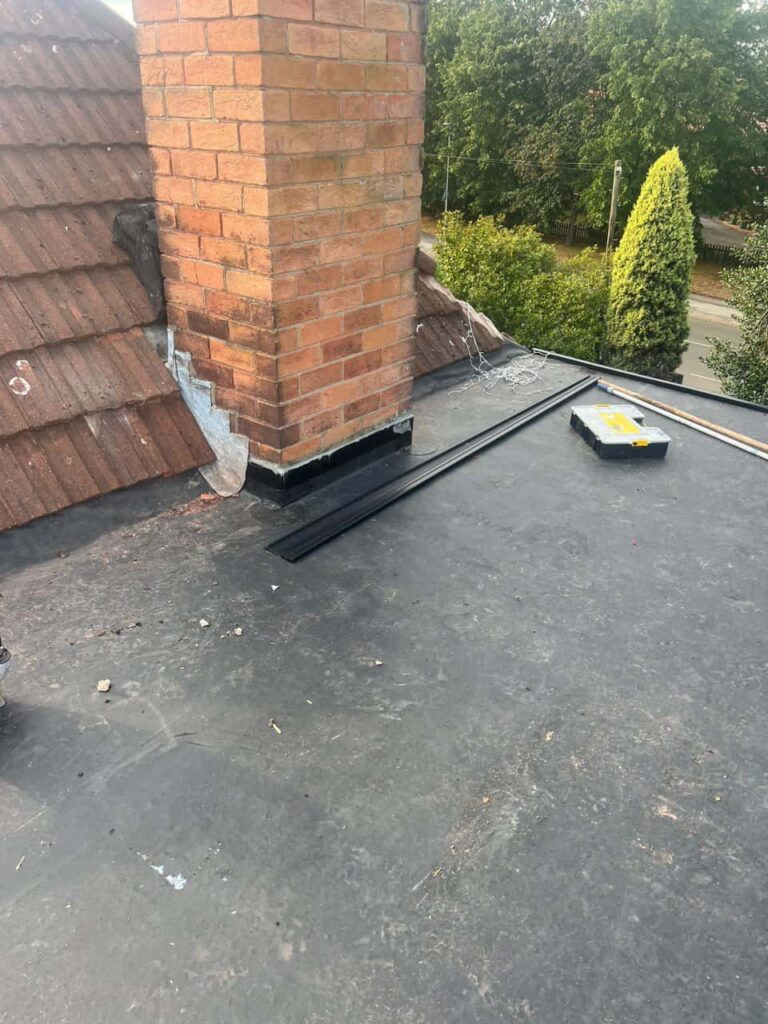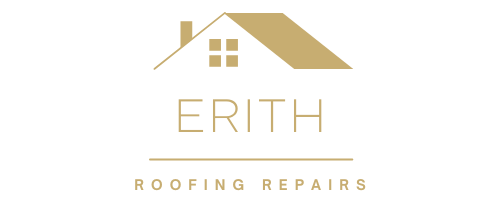Introduction: Repairing roof leaks requires the right tools and equipment to ensure safety, efficiency, and effectiveness. At Erith Roofing Repairs, we know that having the correct tools can significantly improve the quality of repairs. Here’s a comprehensive guide to the essential tools and equipment you’ll need for repairing roof leaks:
1. Safety Gear
Before starting any roof repair work, prioritise safety with appropriate gear:
- Safety Harness and Lanyard: Essential for working at heights, ensuring you’re securely attached to the roof structure.
- Non-Slip Shoes or Boots: Provide traction and stability on the roof surface.
- Gloves and Eye Protection: Protect hands from sharp objects and eyes from debris.
2. Ladder
Choose a sturdy ladder that extends a few feet beyond the roof edge for safe access and stability. Ensure it’s set on firm, level ground and securely anchored.
3. Roofing Hammer
A roofing hammer (or a hatchet) combines a hammerhead with a blade to cut and remove shingles. It’s essential for removing damaged shingles and nails.
4. Pry Bar or Roofing Spade
Use a pry bar or roofing spade to lift and remove shingles without damaging surrounding materials. This helps you access the area of the leak accurately.
5. Utility Knife
A sharp utility knife with replaceable blades is invaluable for cutting through roofing materials like shingles, underlayment, or flashing.
6. Caulking Gun and Roofing Sealant
High-quality roofing sealant (compatible with your roofing material) and a caulking gun are essential for sealing cracks, gaps, or around flashing. Ensure the sealant is weatherproof and durable.
7. Roofing Nails and Nailer
Choose galvanised or stainless steel roofing nails that are appropriate for your roofing material. A nailer or nail gun can speed up the process, especially for larger repairs.
8. Roofing Tape or Patch
Roofing tape or patching material is handy for temporary repairs or sealing small leaks quickly. Ensure it’s durable and designed for your roof type.
9. Flashing
Replacement flashing may be necessary for repairing leaks around chimneys, vents, or skylights. Ensure it’s installed correctly to prevent water intrusion.
10. Roofing Cement
Roofing cement (bitumen-based or acrylic) is useful for sealing around flashing, vents, and other penetrations. It adheres well and provides a waterproof barrier.
11. Shingle Replacement
Have spare shingles that match your existing roof material to replace damaged or missing shingles. This maintains uniformity and ensures a proper seal.
12. Roofing Brush or Broom
Clear debris, dirt, and loose granules from the repair area before applying sealant or making repairs. A roofing brush or broom helps keep the workspace clean.
13. Measuring Tape and Marking Tools
Accurate measurements and markings are crucial for precise repairs. Use a measuring tape and marking tools to ensure cuts and placements are correct.
Conclusion: The right tools and equipment are essential for effectively repairing roof leaks and maintaining the integrity of your roof. Whether tackling a minor repair or preparing for a more extensive project, Erith Roofing Repairs recommends investing in quality tools and prioritising safety.
Call us on: 01322 952 296
Click here to find out more about Erith Roofing Repairs
Click here to complete our contact form and see how we can help you with your roofing needs.

